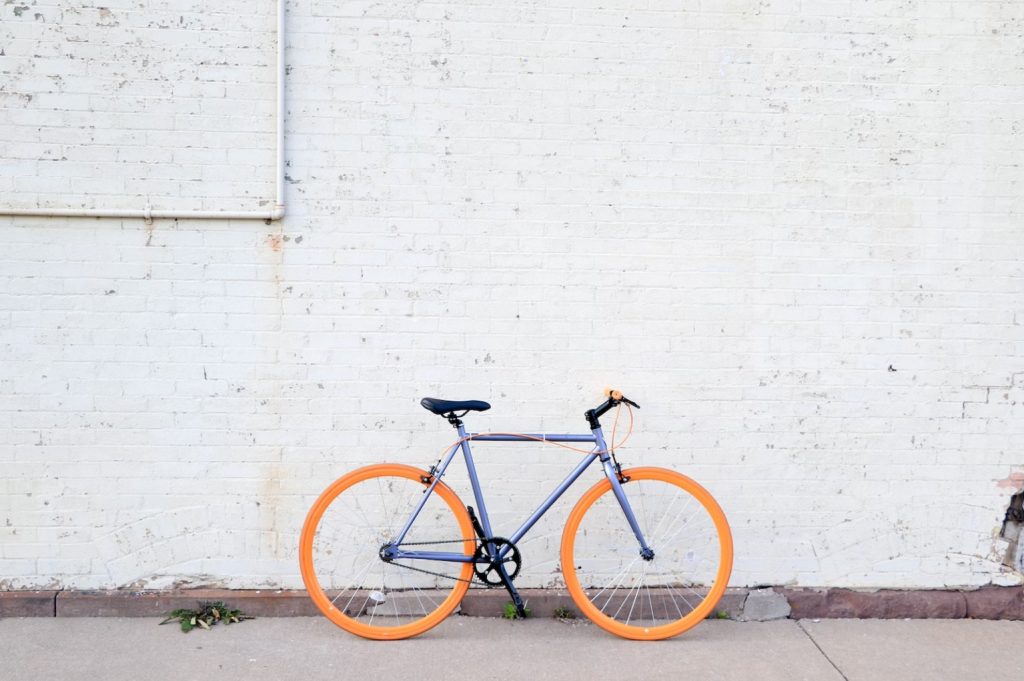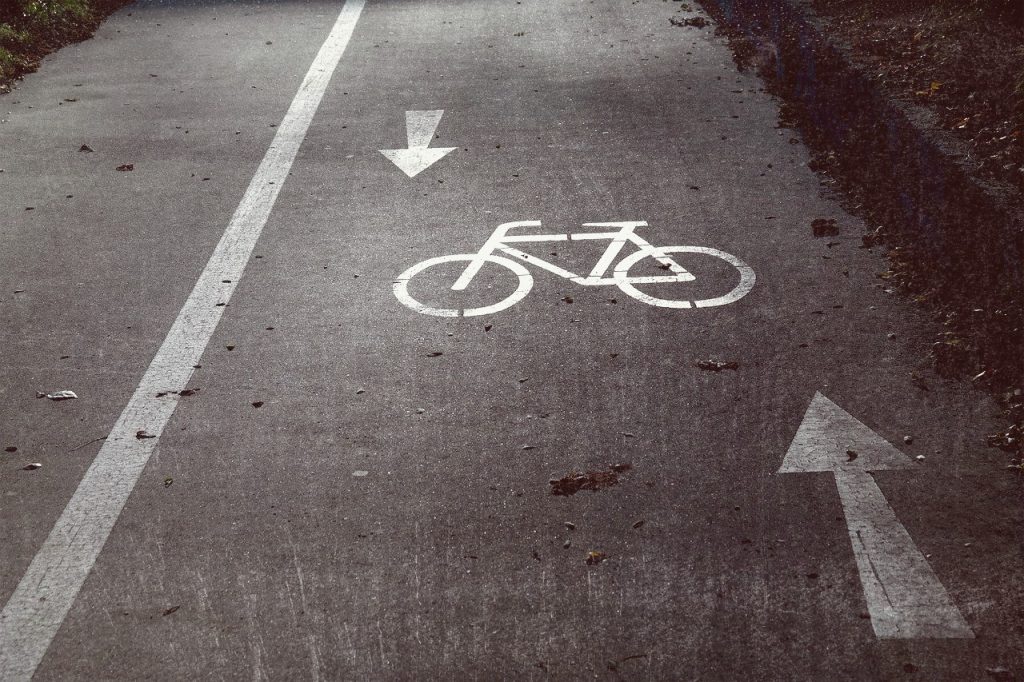
Keeping your patio clean can be a challenge, especially if you don’t have much free time. However, keeping your patio clean is important for several reasons. Whether you use your patio as an additional living space or as an outdoor entertaining area, keeping it clean and tidy makes it more comfortable to spend time in.
Patio cleaning services regularly can also help protect it from rain and sunlight which are two of the main causes of fading and discoloration. Clean patios are also a lot more pleasant to look at than dirty ones, which is why we’ve put together this helpful guide on How To Clean A Patio In 7 Easy Steps – and so you don’t have to!
What You’ll Need
While there are many different types of patio cleaning products on the market, when it comes to actually cleaning the patio itself, you’ll only need a few simple tools. – Broom and dustpan – To sweep up any loose dirt and debris. – Rubber gloves – To protect your hands from any strong cleaning chemicals. – Mop and bucket – To clean any excess water from the patio after you’ve washed it. – Patio squeegee – To wipe away any excess water that hasn’t been absorbed by the patio itself. You may also want to have either a garden hose or a pressure washer at the ready depending on the state of your patio.
Step 1 – Remove The Grass
If your patio has a grassy section, then the first step of your patio cleaning routine should be to remove the grass entirely. The easiest way to do this is to simply use either a garden hose or a pressure washer to spray the grass until it has all been removed. If you have a stubborn patch of grass that refuses to come off then you can use a small spade to dig it out. Alternatively, you can get someone to remove it for you by hiring a professional landscaper.
Step 2 – Sweep and Vacuum
After removing the grass, the next step in cleaning your patio is to sweep up any leaves and other loose debris that have accumulated on the patio surface. A standard broom will do the job just fine, but if you have a large quantity of loose debris to clear, you might find it more effective to invest in a patio sweeper. After you’ve removed any loose debris from the patio, it’s time to move on to the next stage of your patio cleaning routine which is to vacuum the entire patio surface. This will remove any loose dirt, dust and debris that you were unable to remove with a broom or patio sweeper.
Step 3 – Mop And Wash The Patio
Cleaning a patio is all about having the right tools for the job. You can use a standard mop for the first two stages of patio cleaning, but for this step, you will be better off using a patio cleaning mop. A patio cleaning mop is designed to have a longer handle, wider head and thicker and more absorbent cleaning cloth than a standard mop.
This makes them ideal for cleaning large patio surfaces and absorbing any excess water. If your patio has a stone or wooden surface, then you should use warm water to clean it during this step. If you have a concrete patio, then you should use cold water as warm water can cause concrete to expand and contract which can lead to cracking.
Step 4 – Apply A Coating Of Protection
After you’ve washed the patio, you can apply a coating of protective sealant to keep it looking good for longer. A patio sealer will protect the surface from the harmful effects of UV light and prevent discoloration and fading. It will also make the surface easier to clean in future by forming a protective barrier between the patio and any suds or water used during cleaning.
There are a number of different patio sealers available on the market and the best one for your patio will depend on its surface type, color and age. It’s important to read the instructions carefully before applying the sealer to minimize the risk of damage, particularly to wooden patios.
Step 5 – Find And Eliminate Stains With A Brush
If there are any stains or marks on the patio, then you can use a stiff bristle brush to brush them off. When cleaning patio furniture, it’s important to use a brush with soft bristles so as not to damage the surface. If you have any stubborn patio stains that won’t come off with a brush, then you may need to use a mild patio cleaning solvent to remove them. Be careful when using solvents though as they can damage the surface of the patio if applied too heavily.
Step 6 – Conclusio
If you want to keep your patio looking good, then it’s essential that you clean it regularly. A well-maintained patio will not only keep your home looking good, it will also be more comfortable to spend time in. Regular patio cleaning doesn’t have to be a chore though; once you’ve got into the routine of cleaning your patio on a regular basis, you’ll find that it’s become second nature. It will also make your patio last longer, which means it’ll be good value for money! And that concludes our guide on How To Clean A Patio In 7 Easy Steps – and so you don’t have to! Now that you know how to clean a patio, you can enjoy spending more time outside!



